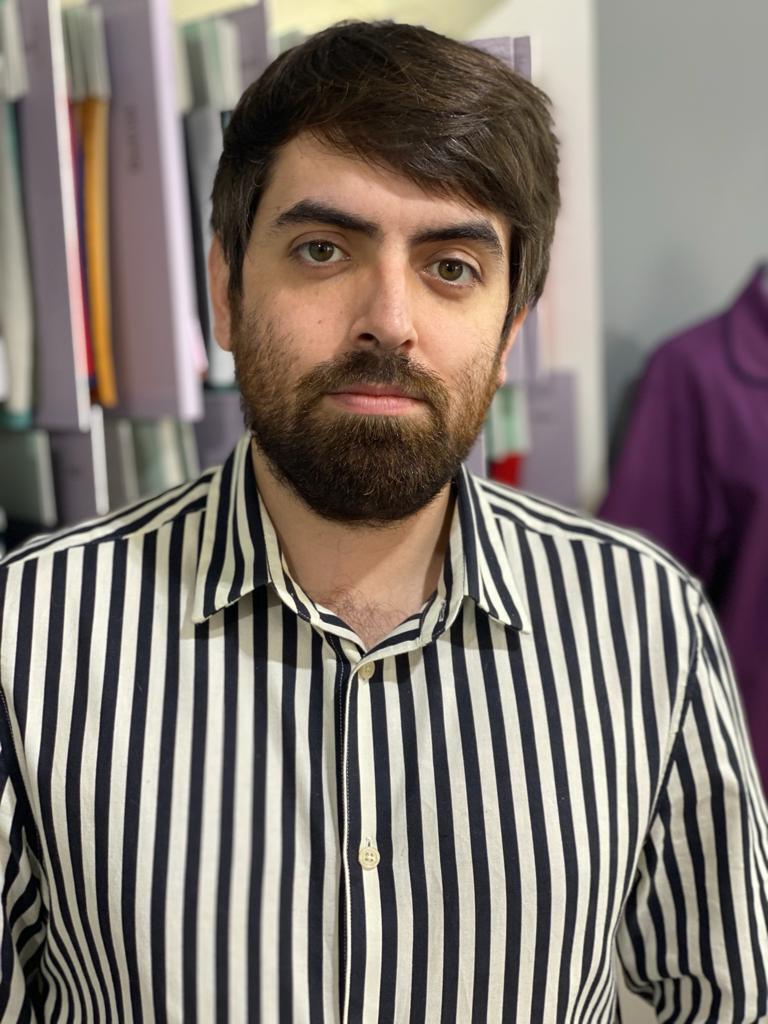Pedro Magalhães, Head of Innovation
Nowadays, there is a lot of fuzz about circular economy and its impact on our future. I will not tell you definitions nor what is wrong or right, my goal is to share with you a very short resume of TINTEX journey, and the steps that we are taking aiming to be an important part of this new and possibly exciting future.
TINTEX started the journey of sustainability and innovation practically from its inception. The search of new and innovative processes and products was a goal right from the beginning, and across the years there were a lot of accomplished milestones on this subject – biopolishing and natural dyeing being two of the most noticeable ones. However, as the world was evolving, a different notion began to arise. Even though, in the world, we were being able to diminish in process and product environmental impact, there was still a lot of waste being produced. Indeed, there was a notion that considering the traditional linear economy model, waste was inevitable. But if it wasn’t? This question that emerged was a game changer. Could we really use waste to produce new and improved products? This one I can answer – yes! Nowadays, this is one of Tintex innovation department main goals – to use waste to create new and exciting products. At a first level, we started looking indoors to the waste that we produced or the impact that we were causing and noted that there was a lot that we could do. Thus, the project aWaRe was materialized. This project aims to tackle two of the main waste sources that we have on the company – fabric and water. Regarding fabrics, in partnership with Citeve, we are aiming to use all our waste and possibly deadstock to generate new cellulosic recycled fabrics. Here, the innovation will be on the attainment of recycled yarns with thinner gauges (Ne>24) based on cellulosic fibers, using at least 40% of recycled material; These fabrics will also be upcycled with the use of our trademark natural dyeing process of Tintex – ColorauTM –and reference biopolishing processes of Tintex. Regarding water, we are aiming to incorporate a minimum of 50 % of recycled water on our traditional processes – focused on optimization and innovations on our wastewater treatment plant.
However, as more and more we look to the World as one and considering our impact at a global level, we started looking outside of the company to create synergies where we use the waste of other industries to develop new products. This concept was adopted initially with the incorporation of pre consumer cork residues from Sedacor on our trademark B.Cork products. This idea was then further materialized with the TexBOOST project, where Tintex partnered with Citeve, Centi, CTIC, Sedacor and Têxteis Penedo to develop a textile-based alternative to leather. In this project, we worked with several different Portuguese and International companies to incorporate their wastes and byproducts on our coatings. This was a very successful project, where we worked with different types of materials, starting from sawdust to pine shell, coffee scraps among several others, and were able to obtain products that not only were very appellative aesthetically but also showed performances similar to natural leather. These materials helped also Tintex in studying and evaluating its possible presence in other market segments other than fashion – from upholstery to furniture and shoes, not even the sky is the limit! Now, we are already commercializing a reference originated from this product – TC5799 – and are developing new and exciting partnerships with Portuguese companies that share the same sustainable and innovative vision – as is the case of the ongoing partnership with Soalheiro.
The topics that were mentioned are just the tip of the iceberg of what we believe can be the future of textile-based materials. Thus, if you are interested and believe that you can help us to achieve this future, feel free to contact us and to be a part of this Naturally Advance Evolution!

